How to Set AWS Cloud Watch Alarm for a Specific Text on AWS Cloud Logs
 Dixon Gunasekara
Dixon Gunasekara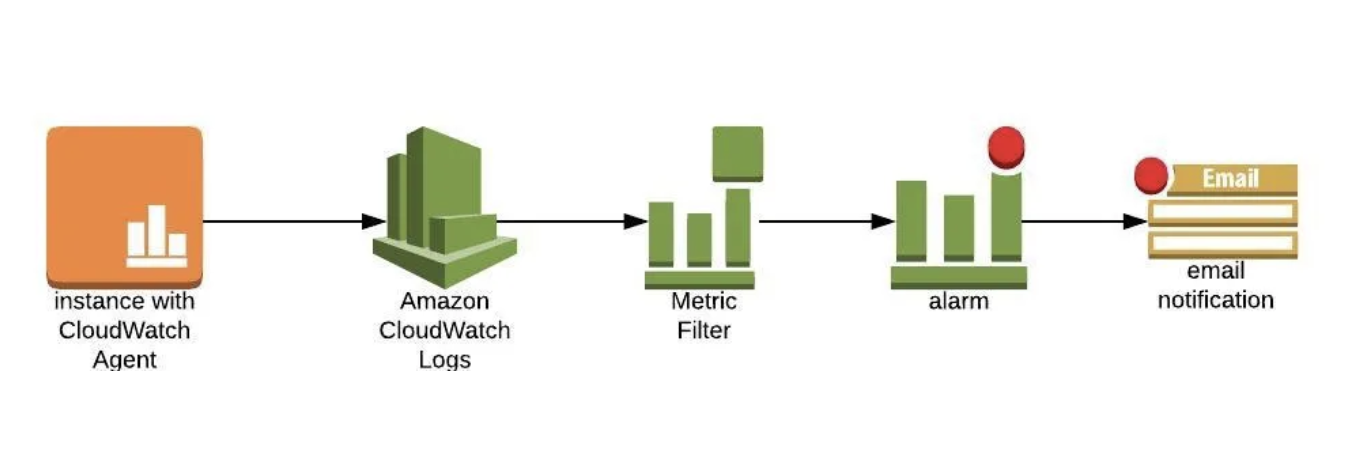
First, let's create a lambda function that log specific text randomly
Go to lambda Functions hit Create lambda
Let's take the function name randomText as an example
Hit Create function keeping the default values for other fields
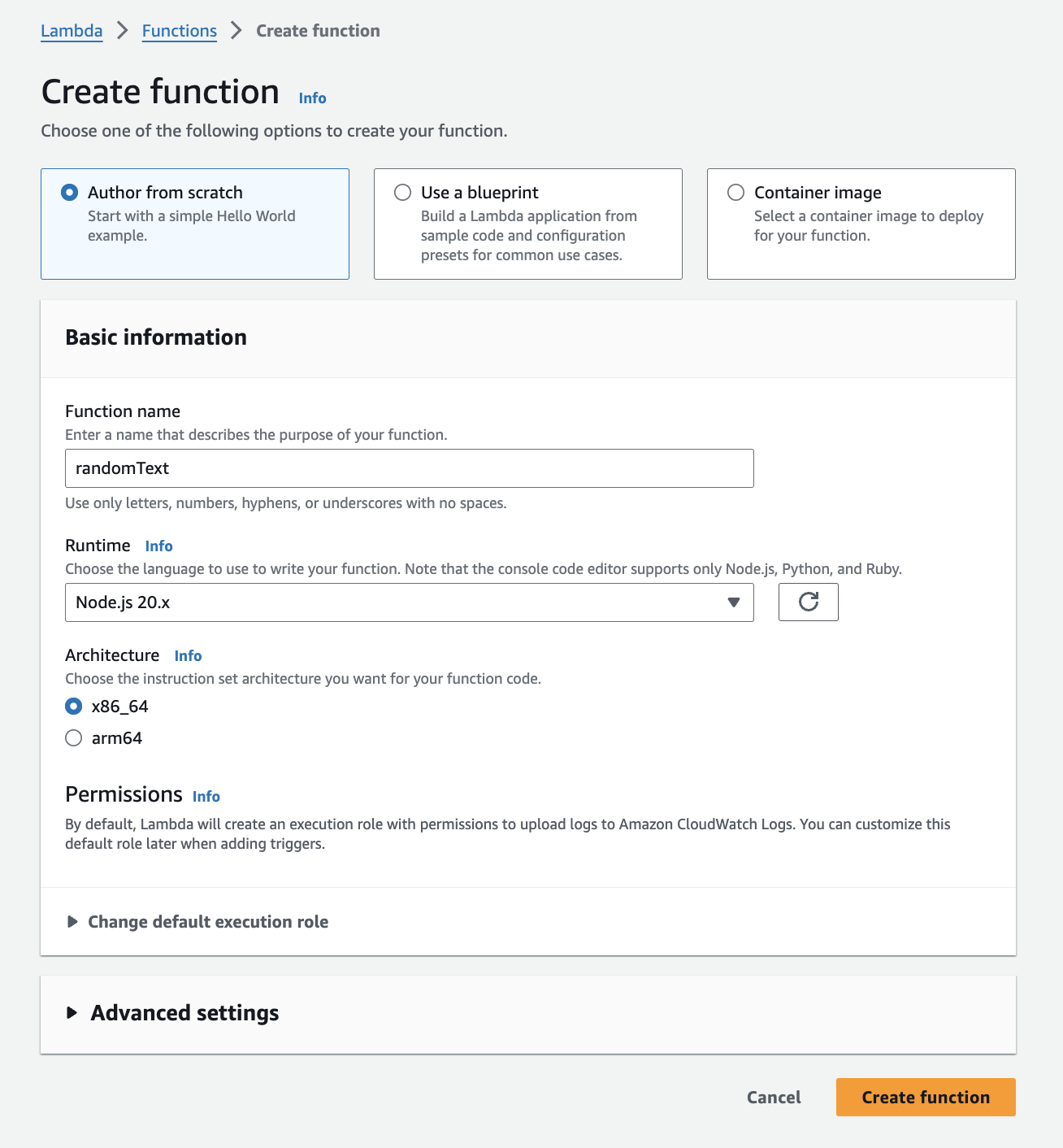
Now we have a lambda function as shown bellow
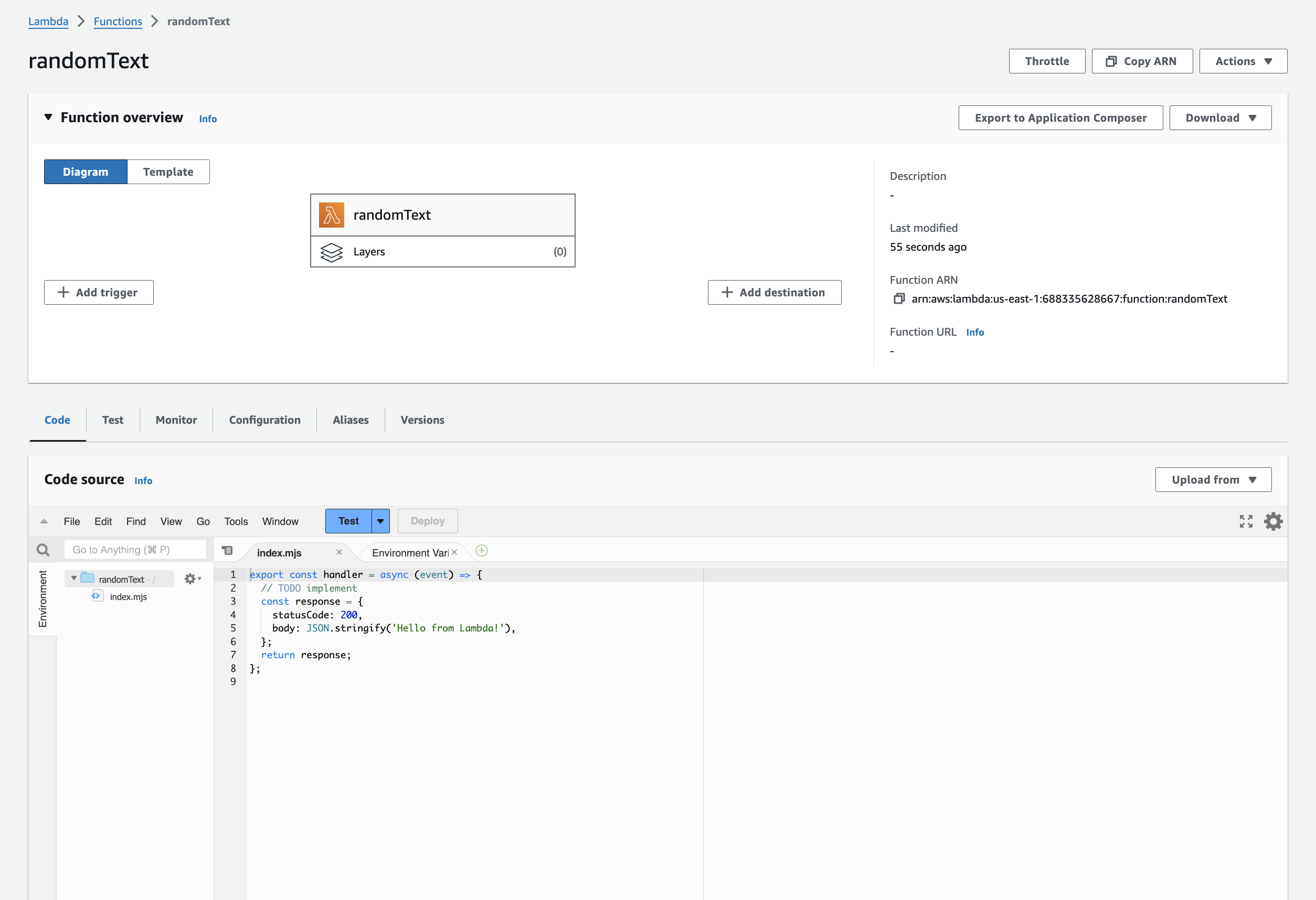
Next, we can edit the index.mjs file to add the actual implementation. I'm adding very simple implementation.
export const handler = async (event) => {
if (Math.random() < 0.5) console.log('Lower value');
else console.log('Upper value');
const response = {
statusCode: 200,
body: JSON.stringify('Hello from Lambda!'),
};
return response;
};
Next, let's test our lambda function. Switch to the Test tab and fill the values as shown bellow
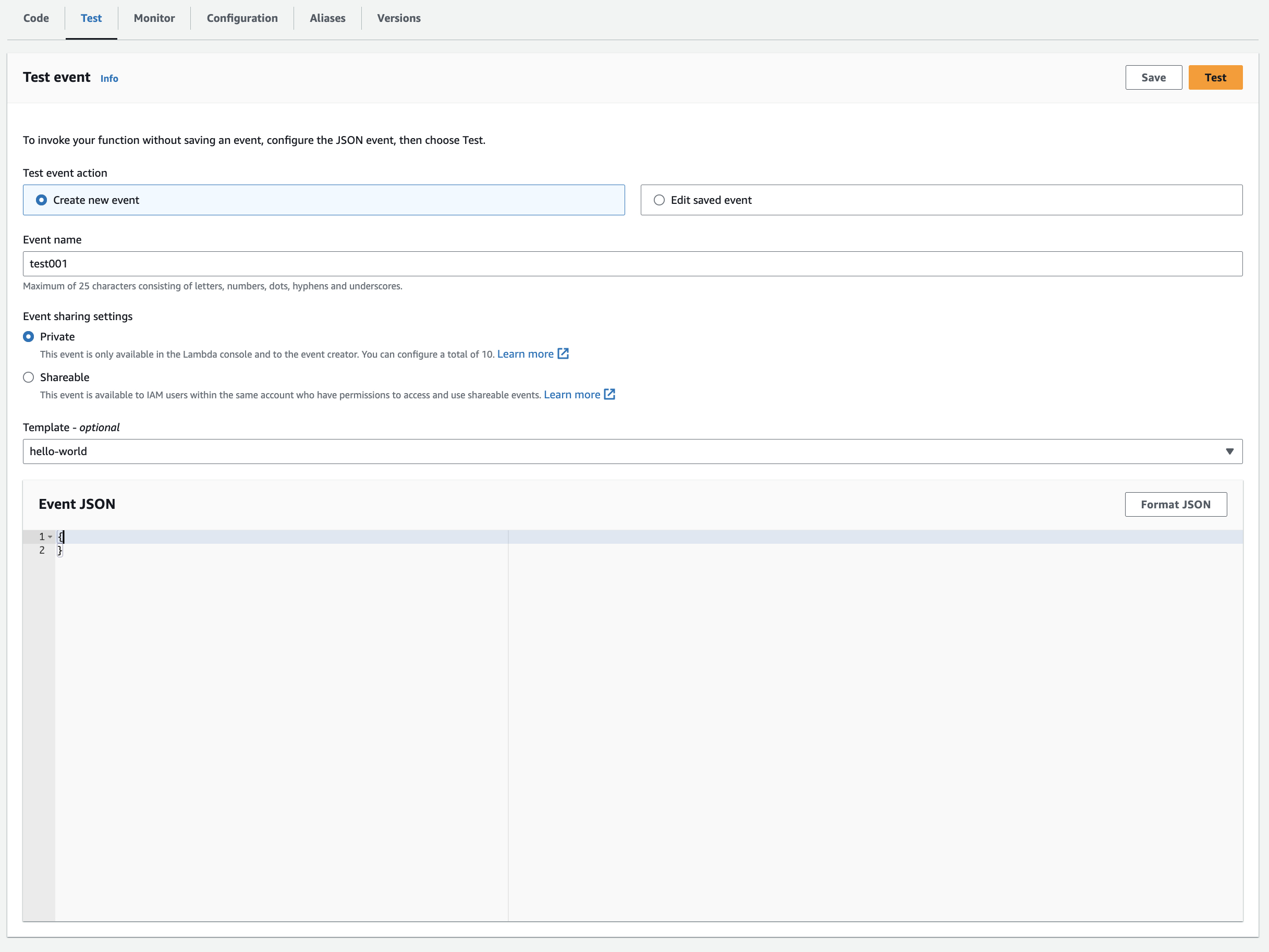
Then, hit Save and Test
We should get a similar result as shown bellow
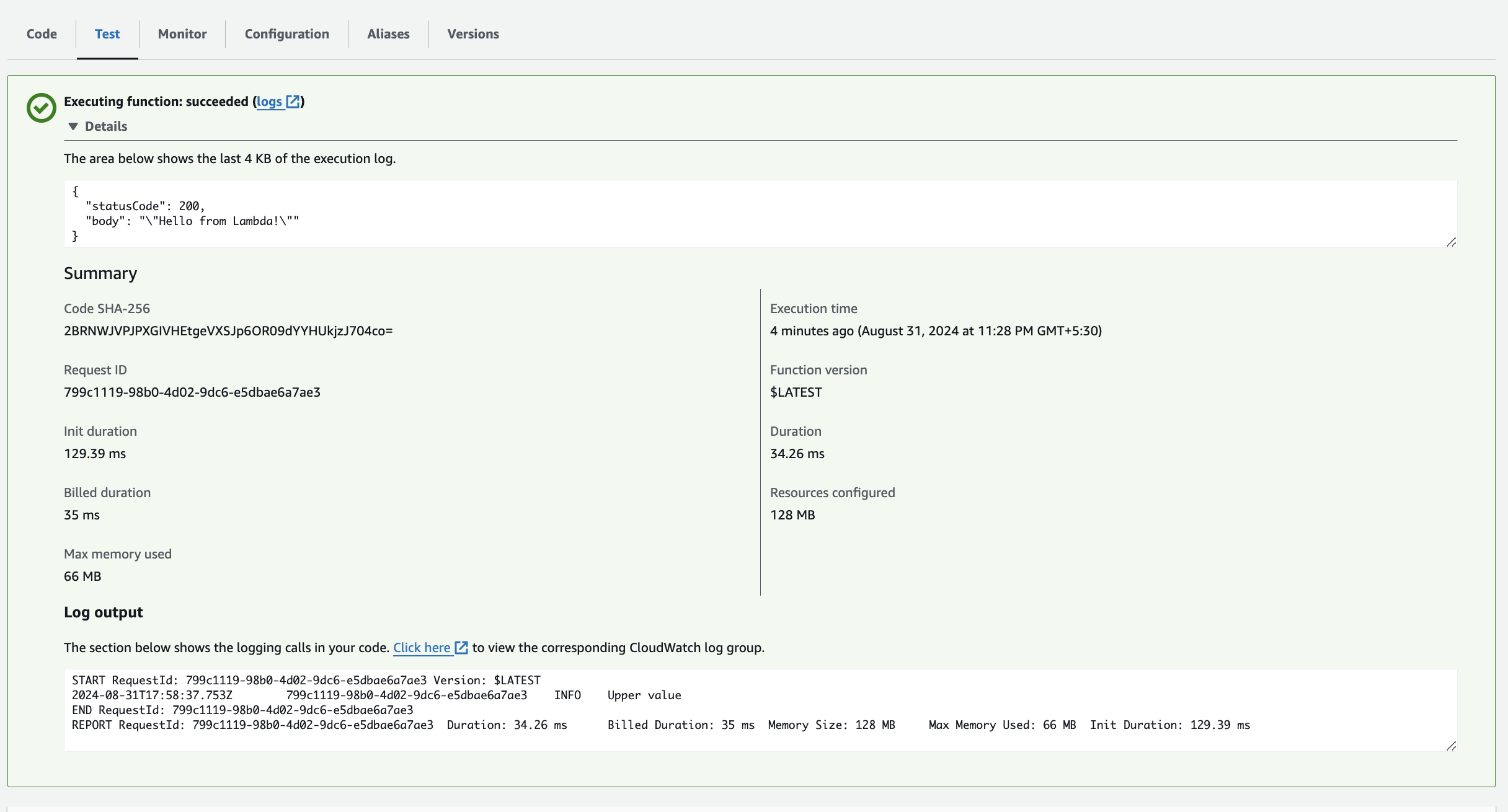
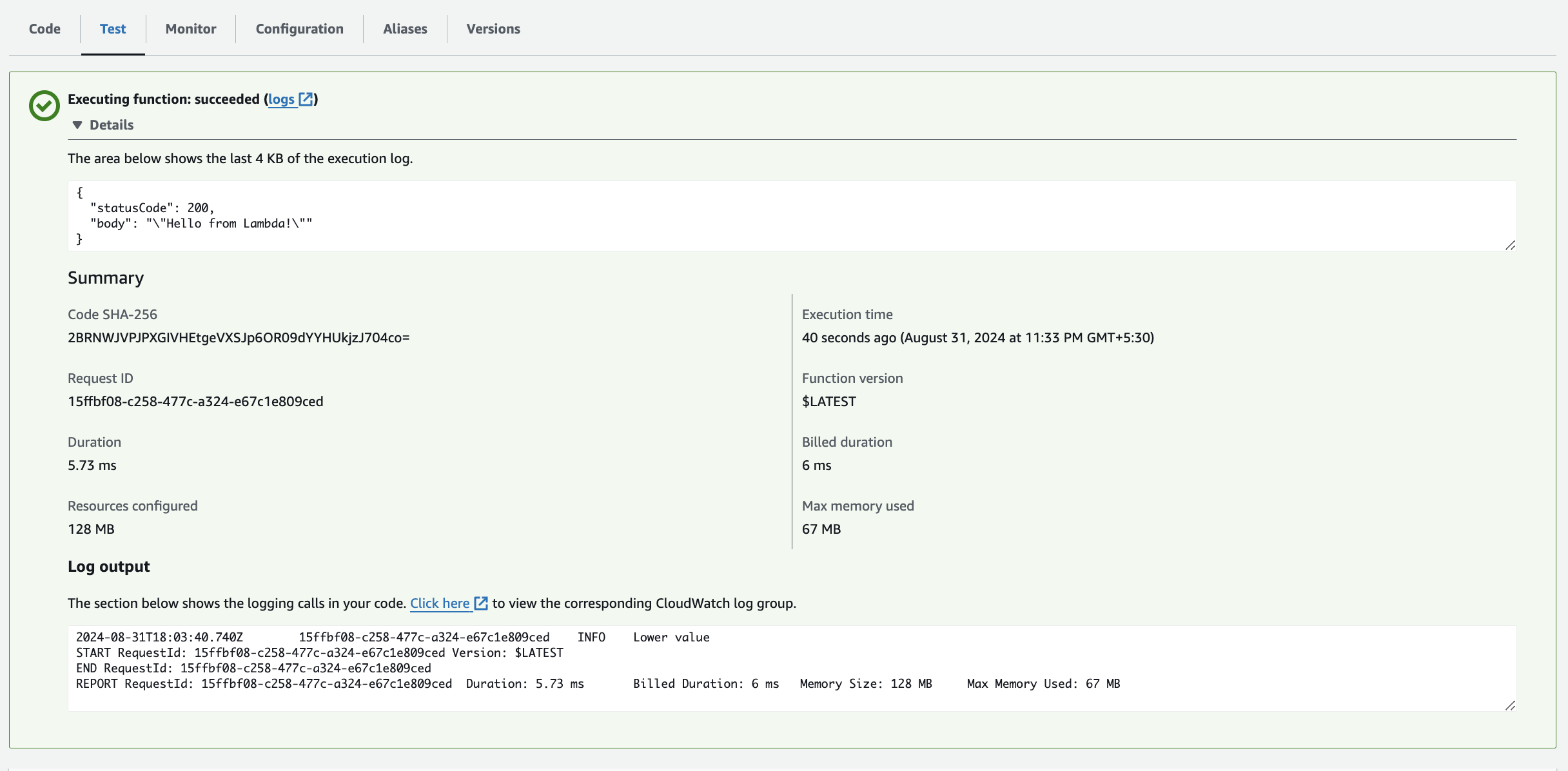
Next, go to CloudWatch -> Log groups

Then, click on the log group
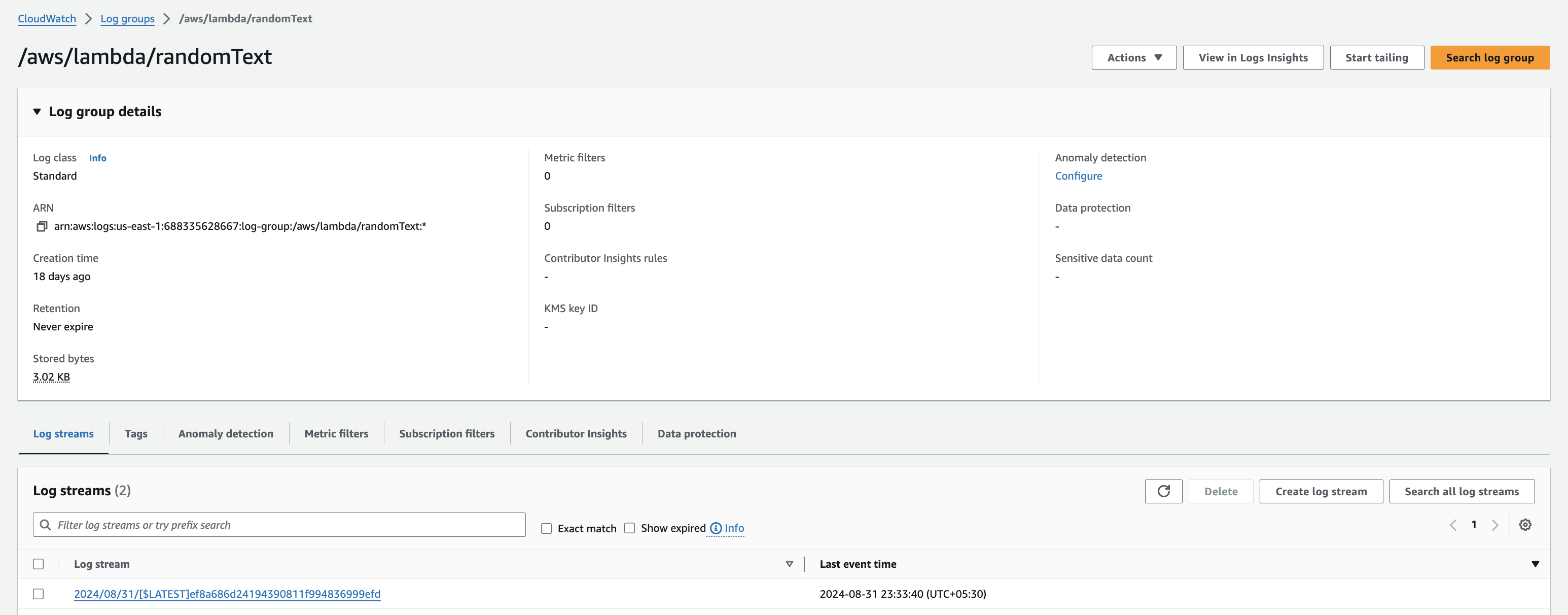
Switch to Metric filters tab
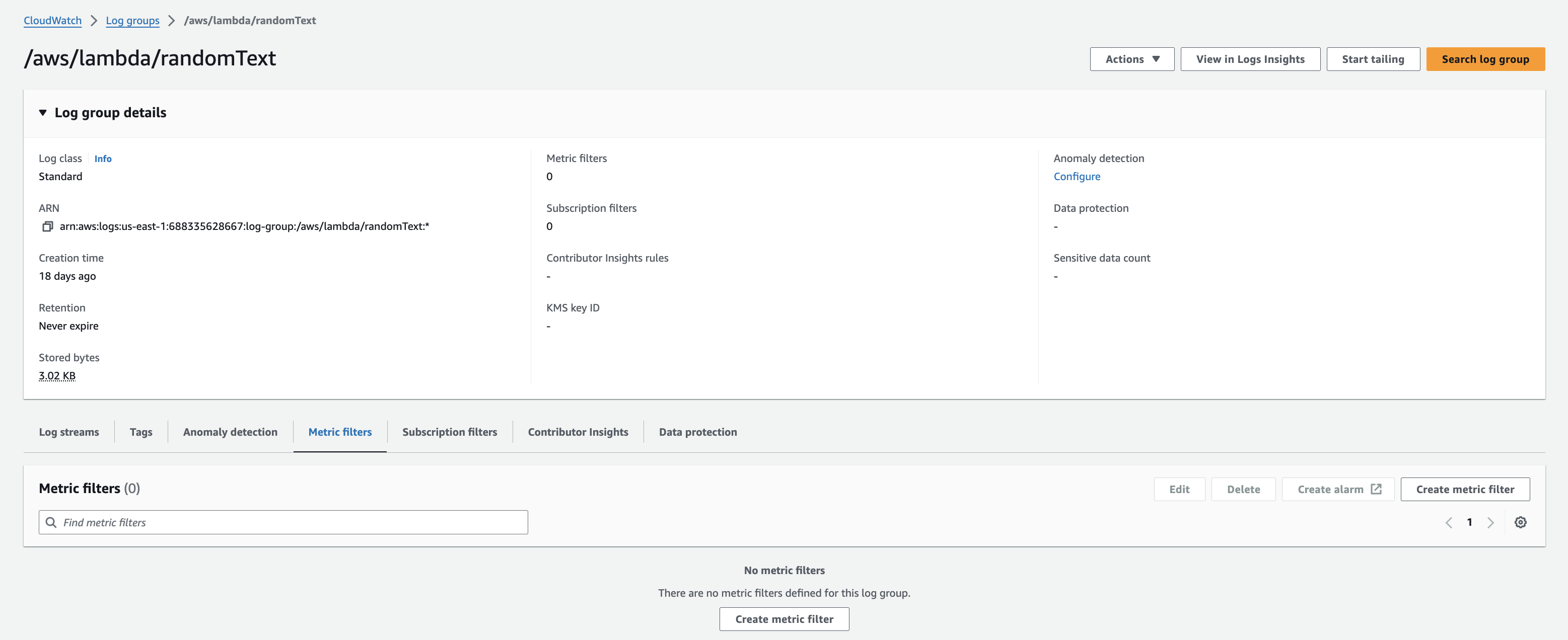
Hit Create metric filter button
We can add a filter pattern. Embedding filtering text between two % marks we can create a filter pattern easily. Then, we can test whether our filter is working fine with existing logs or with custom log data.
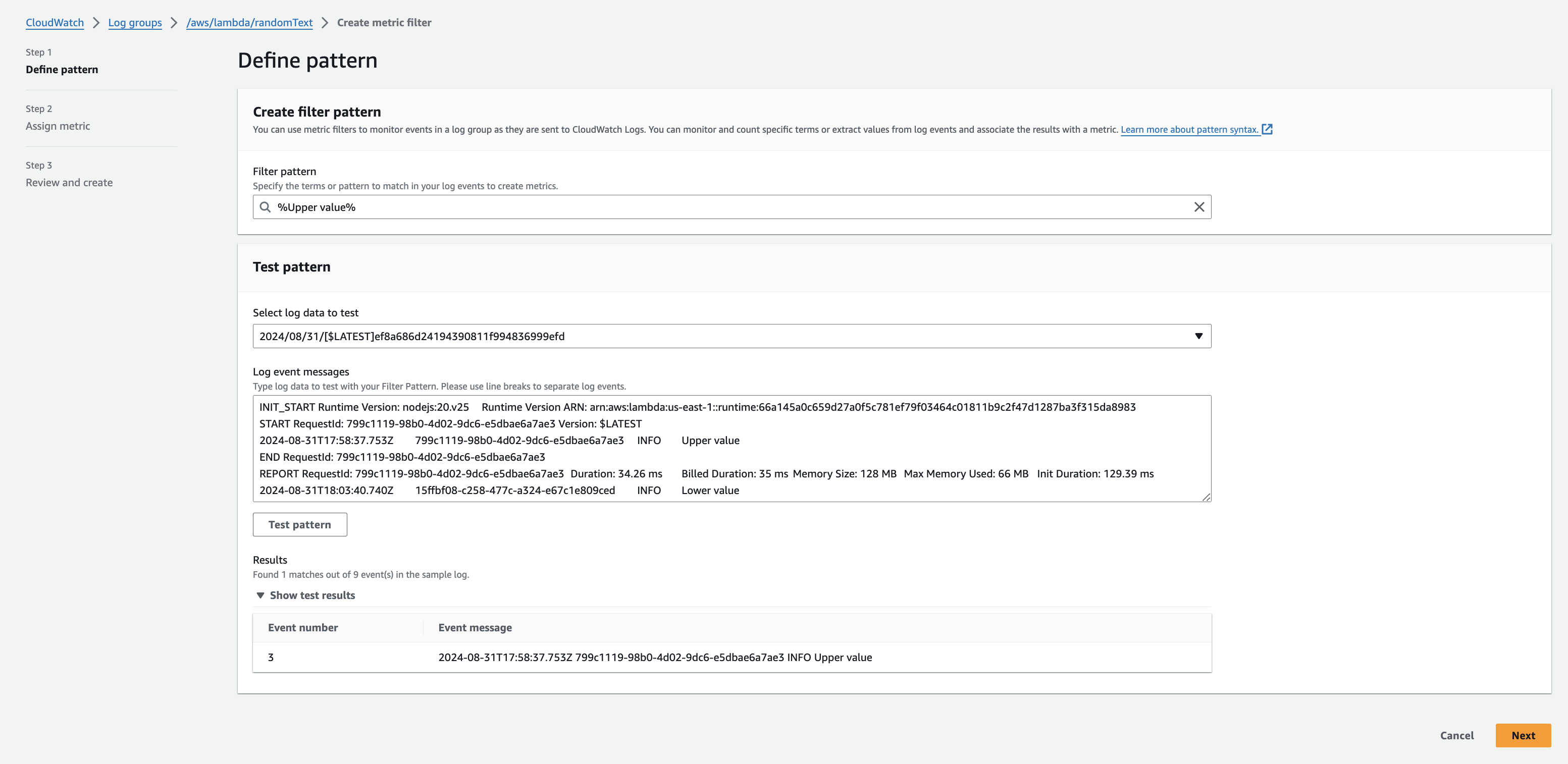
Then, hit Next button. Fill the data related to our metric filter.
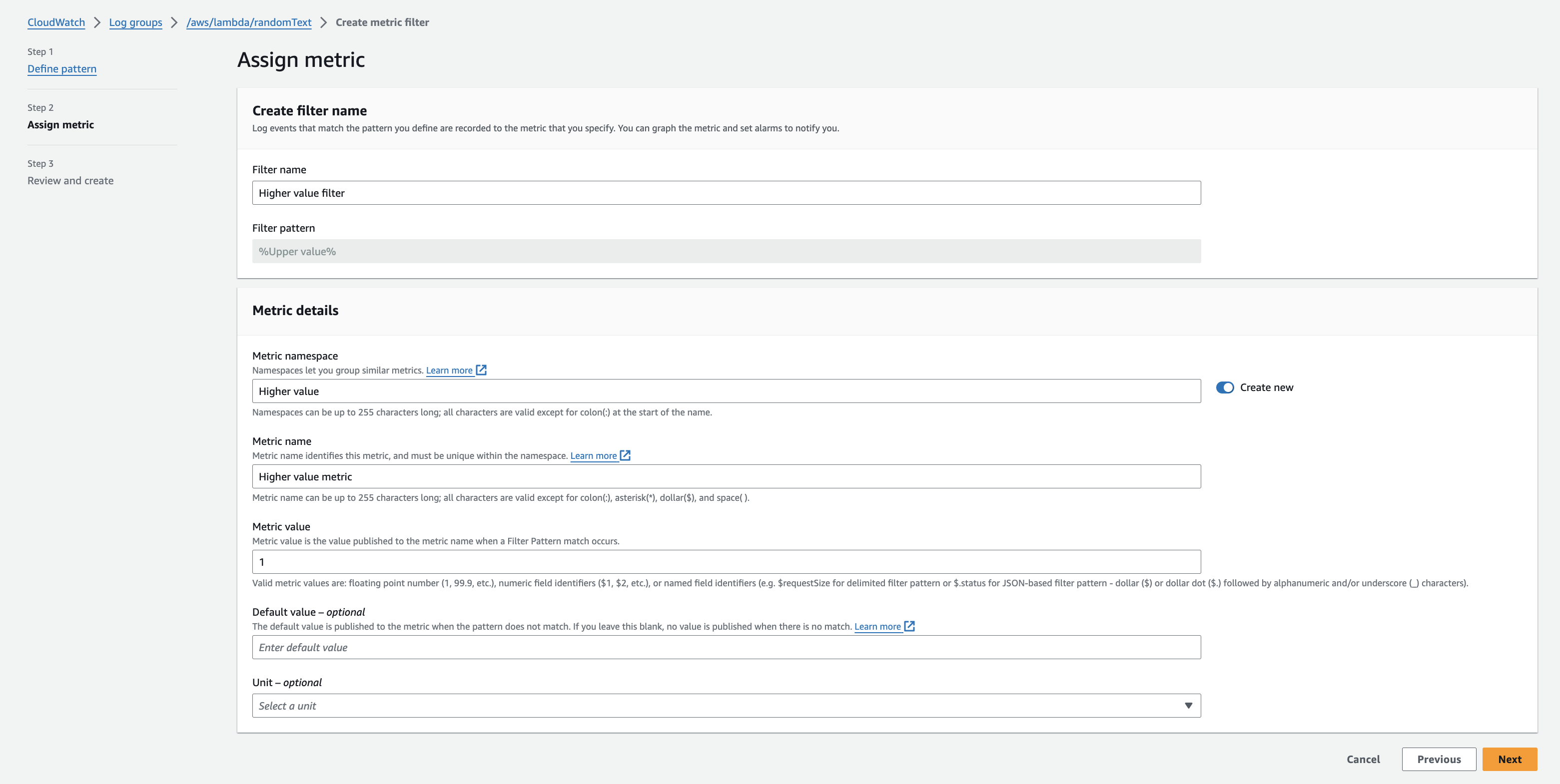
Then, hit Next button.
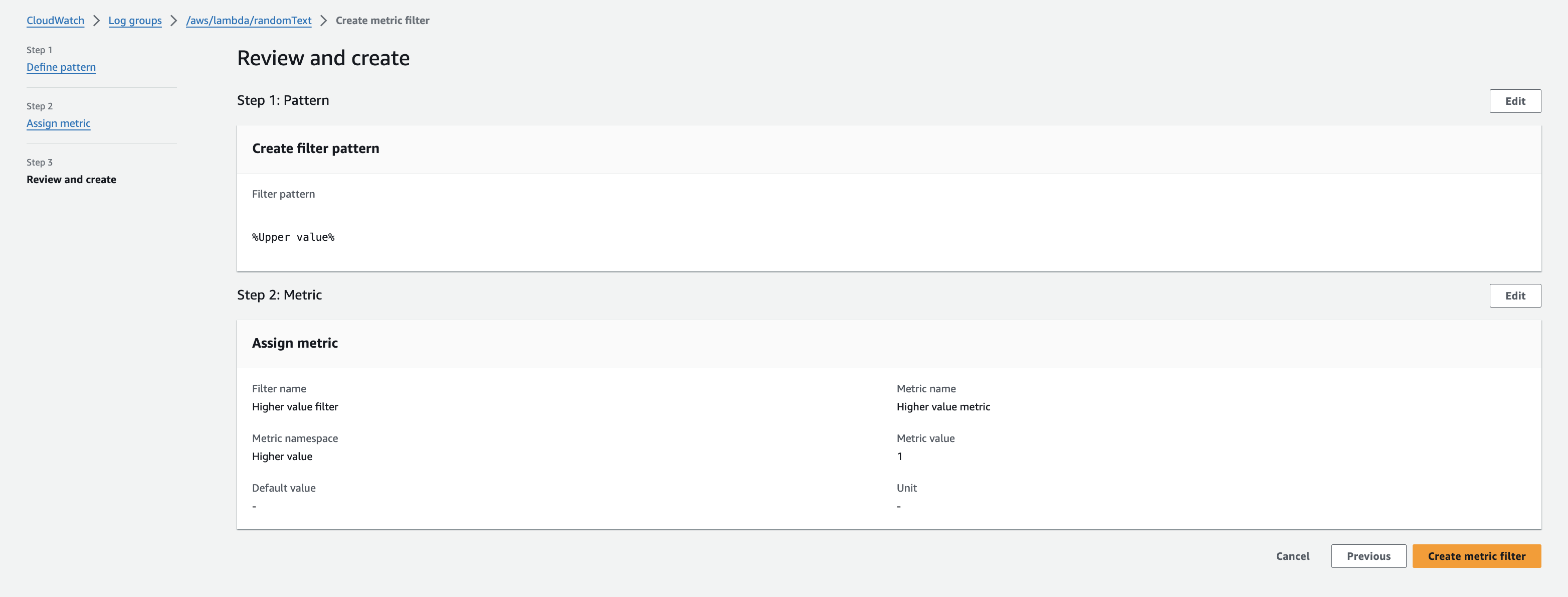
After hitting Create metric filter button we’ll get the filter
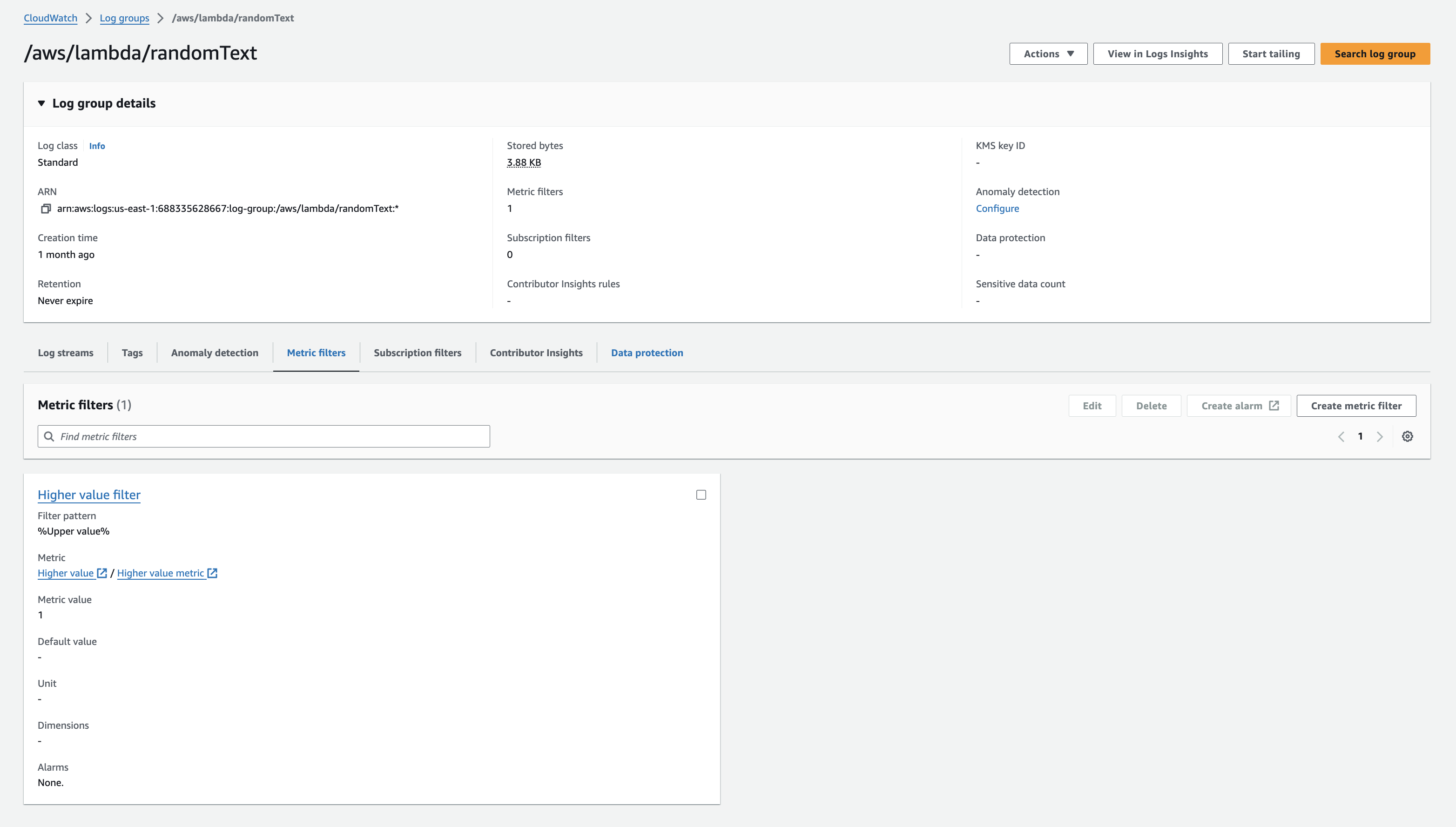
Then, check the checkbox on the filter and create alarm button. Then, we should load similar page in a new browser tab shown bellow.
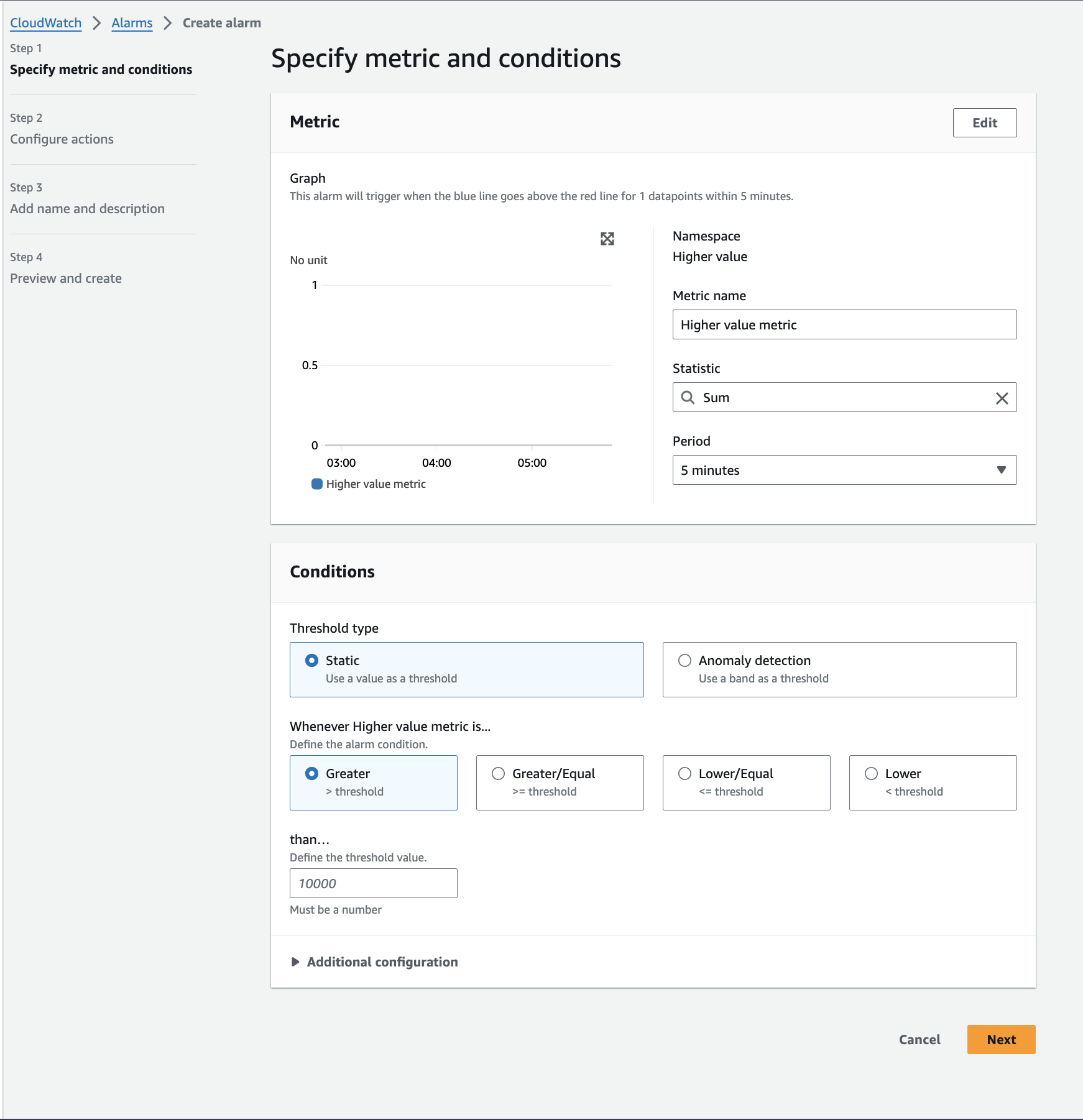
We have to add threshold value. I’m adding zero here and keep the rest of the values on their defaults. Then, hit Next button.
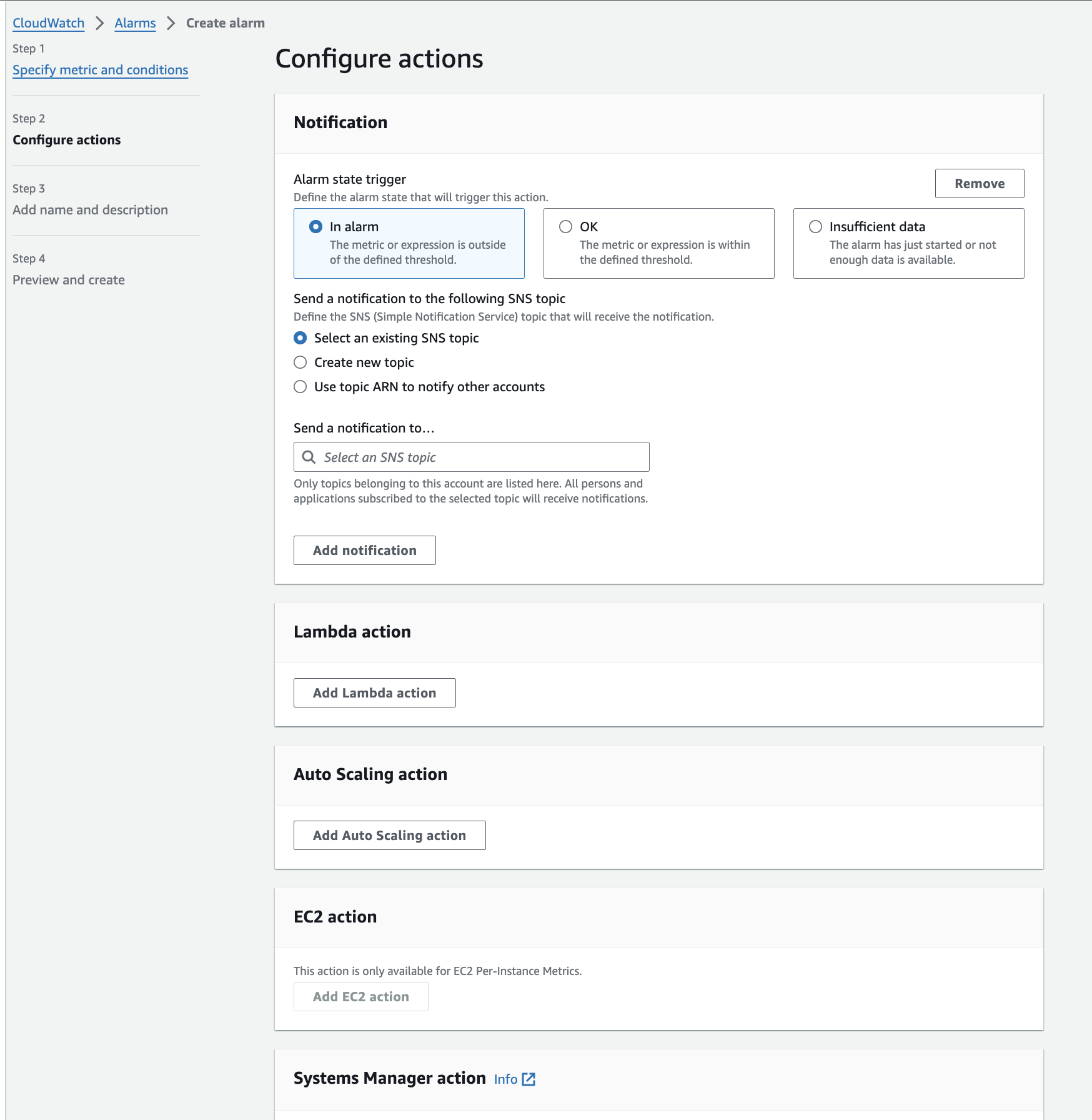
Here, we have to select a SNS topic or create new. I’m selecting Create new topic.

Then we have to add unique name for the SNS topic and an email address to receive notifications. After adding values there, hit Create topic button.
Then, we should receive an email for confirming the subscription. By clicking the link given on the email, we have to confirm the subscription.
Next, we can hit Next button.
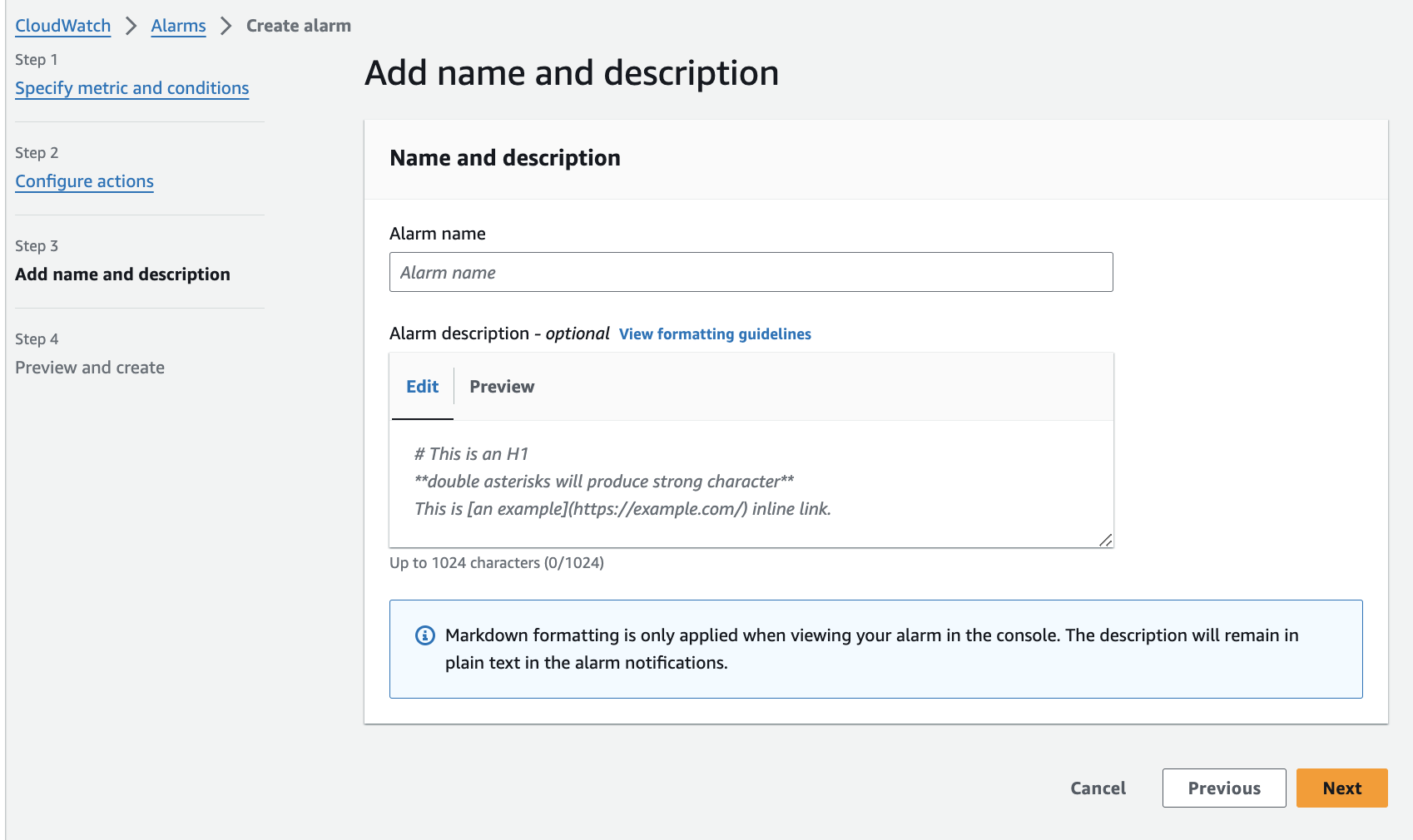
Then, add a suitable name for the alarm and hit Next button.

Finally, hitting Create alarm we’ll get the alarm. Then we can test this going back to the lambda. Run the test as we did earlier, util we get an Upper value on logs.
Within, few minutes email notification should be received to the given email.
Subscribe to my newsletter
Read articles from Dixon Gunasekara directly inside your inbox. Subscribe to the newsletter, and don't miss out.
Written by

Dixon Gunasekara
Dixon Gunasekara
An enthusiastic and dedicated Associate Tech Lead in Software Engineering with over 9 years of experience in enterprise software development. I hold a BSc degree in Computer Science and am an AWS Certified Solutions Architect - Associate (2024). I possess comprehensive expertise in designing, developing, testing, and deploying web-based applications on cloud platforms. A strong team player, I am committed to fostering engineering excellence within an organization. Professional Overview Over 9 years of experience in enterprise software development, covering the entire software lifecycle. Proficient in requirement gathering, architectural design, technology selection, software development, code reviews, test strategy definition, writing unit and integration tests, CI/CD pipeline deployments, and troubleshooting/maintenance. In-depth knowledge of OOP concepts, ORM, RESTful services, MVC patterns, cloud platforms, and industry best practices. Experienced in architecting and designing highly secure and resilient web applications using AWS cloud services. Certified AWS Solutions Architect - Associate (2024). Skilled in Agile methodologies for requirement gathering, planning, estimation, development, testing, and maintenance. Held roles such as Lead Developer, Team Lead, Code Reviewer, Mentor, and Scrum Master across multiple teams. Proficient in direct client communication and management with US-based clients. Technical Expertise Programming Languages & Frameworks: Node.js, JavaScript Frontend Technologies: Angular, CSS, HTML Architectural Patterns: Serverless, MVC Databases: MongoDB, DynamoDB, MySQL, SQL Server, Redis Cloud & DevOps: AWS, Docker, Jenkins Messaging & Servers: RabbitMQ, Nginx, Linux